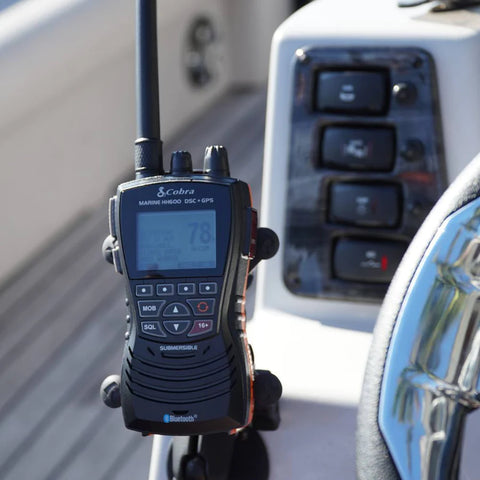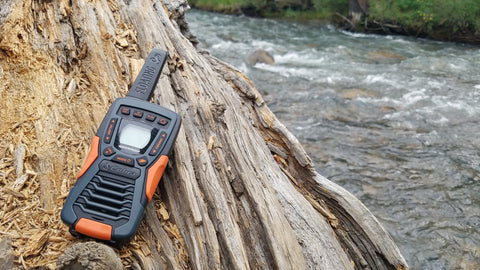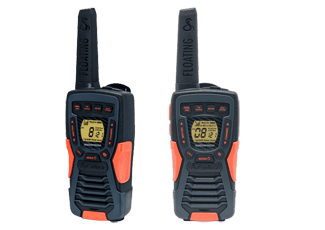Nachrichten
Cobra Electronics Europe Sponsors Oars of Thunder in the World’s Toughest Row

Cobra Electronics is proud to announce its sponsorship of Oars of Thunder, a team of four courageous rowers who will take on the monumental challenge of the World’s Toughest Row Atlantic.
Are Radar Detectors Legal in Europe?

Whether radar detectors are legal internationally is a tough question to answer since individual countries in the European Union and United Kingdom...
Choosing the Best Marine Radio

Choosing the Best Marine Radio
Living is easy in the Summertime and having reliable communication when on the water will help ensure that your day...
A Buyer’s Guide: Two-Way Radios

Whether you’re looking for a two-way radio for personal use or business, we break down the ins and outs of what to consider and how to choose a two...
From the Racing Circuit to Your Car – Cobra Electronics

Many automotive technologies have been tested and refined on the racing circuit, including during 24 Hours of Le Mans. Are these innovations in your car?
Die Vorteile von Walkie Talkies - Cobra

Funkgeräte sind bei Bauarbeitern auf Baustellen, bei Rettungskräften, beim Militär und in verschiedenen Verkehrsbetrieben allgegenwärtig. Aber Walk...
 |
| 

